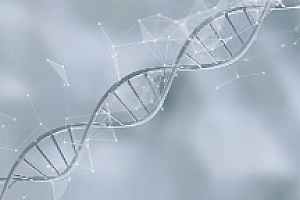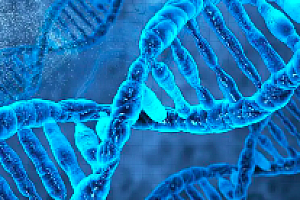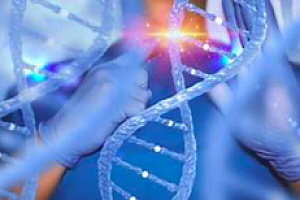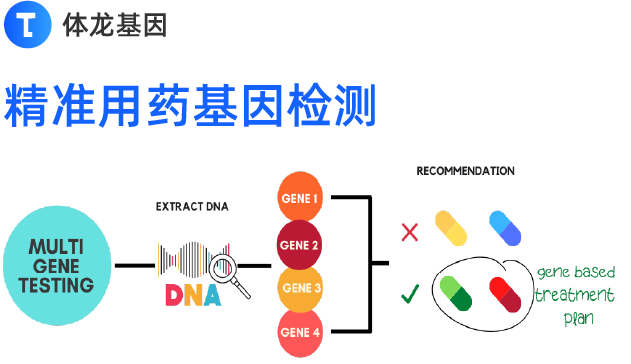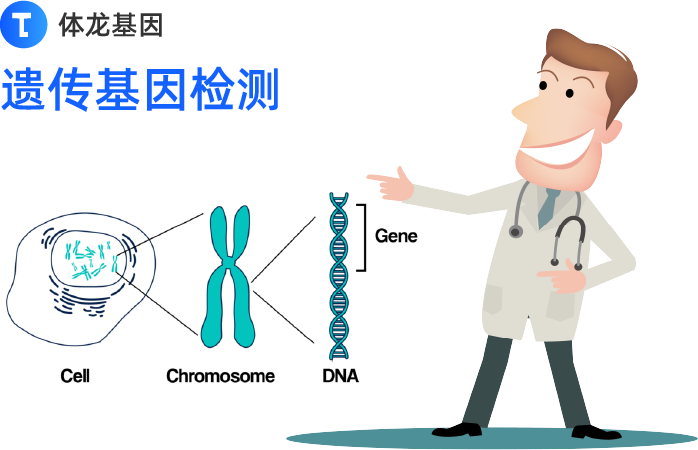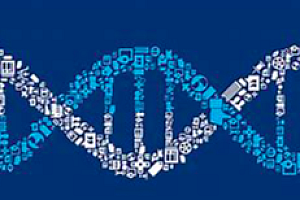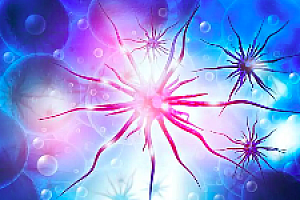“冰冻前及融化后使用前22±2℃平衡4h”肯定是没有必要的。
“37℃静止水浴融化”要改为38℃循环水浴融化。
将冷却速度控制在-1℃/min(不是2±1℃/min)左右尤其是-15℃~-40℃之间是关键;
运输不能用冰盒,否则冰冻保存失败(常见);
冷冻时冰箱温度低于-60℃(放入时开盖时间过长或冰箱制冷能力不够),冰冻保存失败(常见);
冷冻是叠放或厚盒装,冰冻保存失败(常见);
冰箱停电超过2小时,冰冻保存失败(常见);
根据我研究的结果,反映冰冻血小板质量的两个最佳指标是磷脂酰丝氨酸阳性率(反映细胞膜不对称性的改变)和SPAT(薄片血小板聚集时间,反映血小板的释放和聚集功能)。
顺便指出另外两处
(有报道冰冻血小板的止血效果只有新鲜血小板的55%)。其中”止血效果”肯定不对,应该是提高血小板计数的能力约为新鲜血小板的50%。止血效果应该是优于液体保存血小板,文献及摘要如下
TI: Comparison of the effects of transfusions of cryopreserved and liquid-preserved platelets on hemostasis and blood loss after cardiopulmonary bypass.
AU: Khuri,-S-F; Healey,-N; MacGregor,-H; Barnard,-M-R; Szymanski,-I-O; Birjiniuk,-V; Michelson,-A-D; Gagnon,-D-R; Valeri,-C-R
SO: J-Thorac-Cardiovasc-Surg. 1999 Jan; 117(1): 172-83; discussion 183-4
IS: 0022-5223
LA: English
AB: OBJECTIVE: The aim of the study was to compare the clinical effects and hemostatic efficiency of transfusions of platelets preserved in the frozen state for as long as 2 years with transfusions of platelets preserved in the conventional manner for as long as 5 days in patients undergoing cardiopulmonary bypass. METHODS: Seventy-three patients were prospectively randomly assigned to receive transfusions of cryopreserved or liquid-preserved platelets. Nonsurgical blood loss was measured during and after the operation. Bleeding time, hematologic variables, and the bleeding time site shed blood were assayed before cardiopulmonary bypass and at 30 minutes and 2, 4, and 24 hours after transfusion. In vitro platelet function tests were conducted on platelets obtained from healthy volunteers. RESULTS: No adverse sequelae of the transfusions were observed. Blood loss and the need for postoperative blood product transfusions were lower in the group receiving cryopreserved platelets. Lower posttransfusion platelet increments and a tendency toward decreased platelet survival were observed in patients receiving cryopreserved platelets. Hematocrit and plasma fibrinogen were significantly higher in this group, and the duration of intubation was shorter. In vitro, cryopreserved platelets demonstrated less aggregation, lower pH, and decreased response to hypotonic stress but generated more procoagulant activity and thromboxane. CONCLUSIONS: (1) Cryopreserved platelet transfusions are superior to liquid-preserved platelets in reducing blood loss and the need for blood product transfusions after cardiopulmonary bypass. (2) The reduction in blood loss in the patients receiving cryopreserved platelet transfusions after cardiopulmonary bypass probably reflects improved in vivo hemostatic function of cryopreserved platelets. (3) Some in vitro measures of platelet quality (aggregation, pH, hypotonic stress) may not reflect in vivo quality of platelet transfusions after cardiopulmonary bypass, whereas other in vitro measures (platelet procoagulant activity and thromboxane) do.
由海军医学和发展司令部和richard warren 外科研究与教育基金两种基金资助的五家单位(哈佛大学医学院、马萨诸赛大学医学中心、波士顿海军血液研究中心、马萨诸赛退伍军人流行病学研究和信息中心等)共同研究结果:
※ 在减少失血和输血方面冰冻血小板明显优于液体保存血小板
※ 这反映冰冻血小板止血功能优于液体血小板
※ 说明当前血小板体外功能测定没有反映血小板体内功能实际情况
另附
TI: Circulation and hemostatic function of autologous fresh, liquid-preserved, and cryopreserved baboon platelets transfused to correct an aspirin-induced thrombocytopathy.
SO: Transfusion. 2002 Sep; 42(9): 1206-16
AB: BACKGROUND: The survival of fresh and preserved platelets has been used primarily to determine their therapeutic effectiveness. The function of the fresh and preserved platelets has been difficult to assess. In stable thrombocytopenic patients, platelet function of fresh and preserved allogeneic platelets is evaluated by the reduction in bleeding time. In this study of healthy male baboons, both the survival and function of autologous fresh, liquid-preserved, and cryopreserved platelets in the correction of an aspirin-induced thrombocytopathy was evaluated. STUDY DESIGN AND METHODS: Five healthy male baboons were studied on eight occasions over a 4-year period. To produce a prolonged bleeding time, the baboon was administered 325 mg of aspirin 18 hours before receiving autologous transfusion. The fresh, liquid-preserved, and previously frozen washed platelets were labeled with (111)In-oxine before autologous transfusion. The autologous, nonaspirinated platelets’ ability to reduce the aspirin-induced prolonged bleeding time and increase the shed blood thromboxane B2 level at the template bleeding time site was studied. RESULTS: Platelets stored at 22 degrees C for 48 hours had in vivo recovery values similar to those platelets stored for 18 hours, and they significantly reduced the bleeding time and increased the shed blood thromboxane level after transfusion. Platelets stored at 22 degrees C for 72 hours had in vivo recovery values similar to those platelets stored for 18 hours, but the bleeding time was not corrected after transfusion, although there was a significant increase in the shed blood thromboxane B2 level. The cryopreserved platelets significantly reduced the bleeding time and significantly increased the shed blood thromboxane level after transfusion. Cryopreserved platelets had better in vivo survival and function than the 5-day liquid-stored platelets. CONCLUSIONS: The survival of autologous fresh, liquid-preserved, or cryopreserved platelets did not correlate with their function to reduce an increased bleeding time in baboons treated with aspirin.
(责任编辑:labweb)
关于冰冻血小板的质量
632




